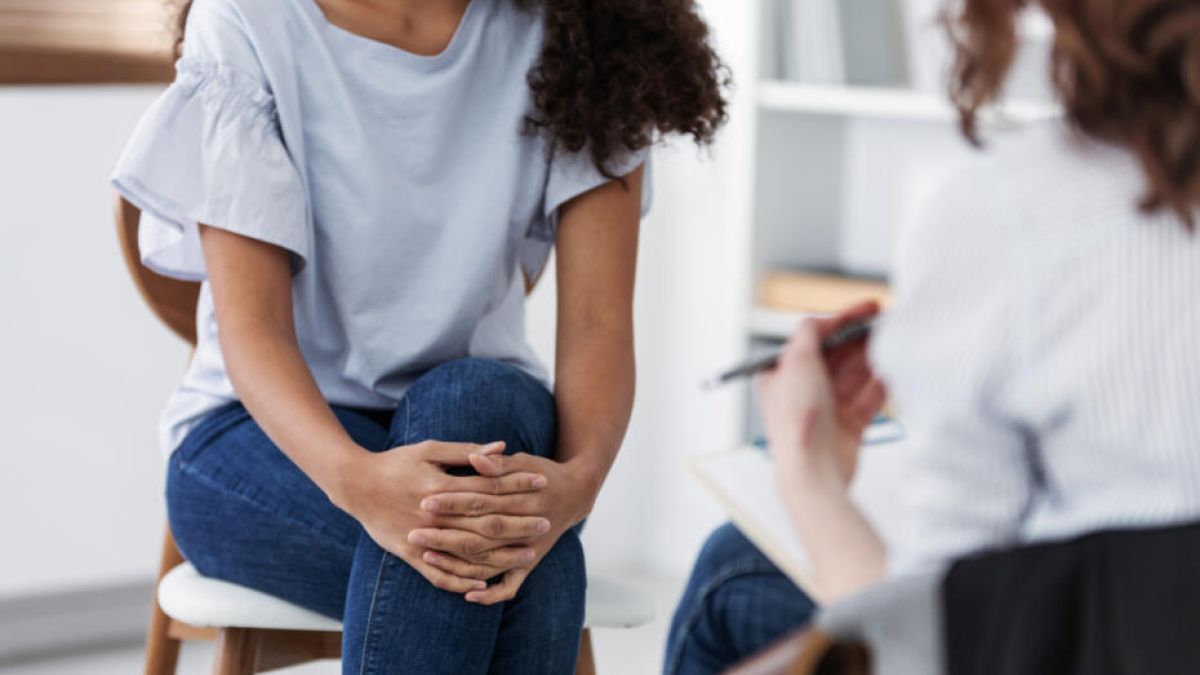Why choose Ochsner Health for your uterine fibroid care?
Uterine fibroids affect up to 80% of women. While many women have no symptoms of fibroids, others experience pain and reproductive issues. At Ochsner, our women’s health team strives to provide exceptional care for patients with uterine fibroids. We offer collaborative care under one roof, including access to clinical trials. If fibroids negatively affect your life, the Ochsner Center for the Minimally Invasive Treatment of Uterine Fibroids provides women of Louisiana and Mississippi access to a multidisciplinary team of specialists who can help.













